In the early 1800s, the sovereign Cherokee nation covered a vast region that included northwest Georgia and adjacent land in Tennessee, North Carolina and Alabama. Under the terms of an 1819 treaty, the United States guaranteed that Cherokee land would be off-limits to white settlers forever.
Forever lasted less than 20 years.
Although the treaty mandated the removal of “all white people who have intruded, or may hereafter intrude, on the lands of the Cherokees,” the United States instead forcibly removed more than 15,000 Cherokees in 1838 and 1839. As many as 4,000 died of disease, starvation and exposure during their detention and forced migration through nine states that became known as the “Trail of Tears.”
You can purchase Trail of Tears T-shirt here <<Click here>>
Indian Removal Act Forces Tribes From Native Lands
The Indian Removal Act signed by President Andrew Jackson in 1830 authorized the federal government to relocate tribes within state borders to unsettled land west of the Mississippi River. When white settlers encroached on Cherokee land to grow cotton and search for newly discovered gold, the United States ordered the Cherokee to join the Creek, Seminole, Choctaw and Chicksaw tribes in resettling to present-day Oklahoma.
The first Cherokees to relocate—approximately 2,000 men, women and children split into four groups—did so voluntarily in 1837 and early 1838. They traveled westward by boat following the winding paths of the Tennessee, Ohio, Mississippi and Arkansas Rivers. The journey for these voluntary exiles was as short as 25 days, and deaths numbered less than two dozen.
Conditions proved far worse for the Cherokee evicted from their homes at gunpoint by 7,000 federal troops dispatched by President Martin Van Buren. Beginning on May 26, 1838, soldiers under the command of General Winfield Scott rounded up the majority of the Cherokee along with 1,500 slaves and free blacks, forced them to leave behind most of their possessions and herded them into wooden stockades and internment camps.
“Men working in the fields were arrested and driven to the stockades,” recalled Private John Burnett, who served as an interpreter. “Women were dragged from their homes by soldiers whose language they could not understand. Children were often separated from their parents and driven into the stockades with the sky for a blanket and the earth for a pillow. And often the old and infirm were prodded with bayonets to hasten them to the stockades.”

Reverend Daniel Butrick, a missionary who had ministered in the Cherokee territory for 20 years, wrote “from their first arrest they were obliged to live very much like brute animals, and during their travels, were obliged at night to lie down on the naked ground, in the open air, exposed to wind and rain, and herd together, men women and children, like droves of hogs, and in this way, many are hastening to a premature grave.”
Due to the poor sanitation of the internment camps, deadly diseases such as whooping cough, measles and dysentery spread among the Cherokee.
Extreme Weather Leads to Deaths
In June 1838, three military-led migrations departed present-day Chattanooga, Tennessee, to journey westward by both land and water. At gunpoint, the Cherokee were loaded onto boats that, according to Butrick, had “little, if any more room or accommodations than would be allowed to swine taken to market.”
Stifling summer heat and a record drought proved deadly as drinking water for both people and horses drew scarce. While only 21 Cherokee died in the four voluntary migrations, more than 200 perished in the three military-led expeditions.
The sweltering temperatures forced the suspension of the relocations, and when they resumed that fall, Scott agreed to let the Cherokee oversee the rest of the exodus. Under the agreement, the remaining Cherokee were divided into 13 groups of approximately 1,000 people each that were led by Cherokee conductors. Federal soldiers could only act as observers as a Cherokee police force kept order.
These Cherokee-managed migrations were primarily land crossings, averaging 10 miles a day across various routes. Some groups, however, took more than four months to make the 800-mile journey. The three-mile-long Cherokee caravans required days to make river crossings and included one wagon for approximately every 20 people.
While the oldest, youngest and sickest exiles rode in wagons, most made the crossing on foot, slogging through mud and snow. “Even aged females, apparently nearly ready to drop into the grave, were traveling with heavy burdens attached to the back,” recorded one traveler who encountered the Cherokee in Kentucky.
The Cherokee were ill-equipped for the grueling hike. “We had no shoes,” noted Trail of Tears survivor Rebecca Neugin, “and those that wore anything wore moccasins made of deer hide.” They were also malnourished, sustaining themselves on a daily menu of salt pork and flour. “The people got so tired of eating salt pork on the journey that my father would walk through the woods as we traveled, hunting for turkeys and deer which we brought into camp to feed us,” Neugin recalled.

Ice and Snow Make Travel Dangerous
Scott’s summertime delay caused the Cherokee to march into the teeth of one of the worst winters on record. “We are compelled to cut through the ice to get water for ourselves and animals,” wrote commissary agent Nathan Davis. Ice flowing down the Mississippi River made it too treacherous to cross, forcing the Cherokee to camp and sleep in deep snow and ice for weeks at a time.
One group took nearly three months to cover the 65 miles in southern Illinois between the Ohio and Mississippi Rivers. The dysentery and diarrhea that tore through the campsites and the harsh winter conditions claimed the lives of many, particularly children and the elderly, who were buried in makeshift graves along the way.
The last of the Cherokee completed the Trail of Tears in March 1839. Decades later, a Confederate soldier who participated in the forced migration recalled, “I fought through the Civil War and saw men shot to pieces and slaughtered by the thousands, but the Cherokee removal was the cruelest work I ever knew.”
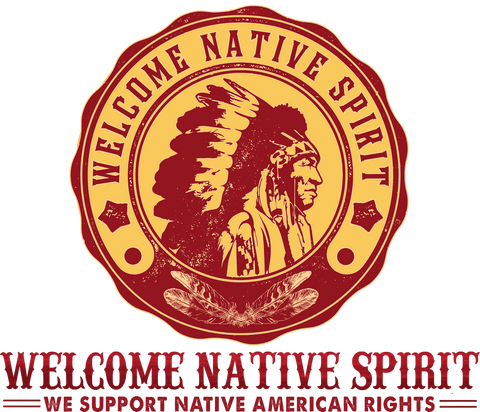

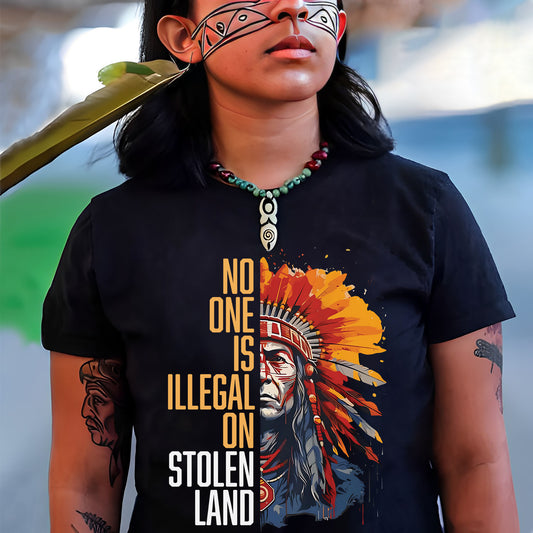
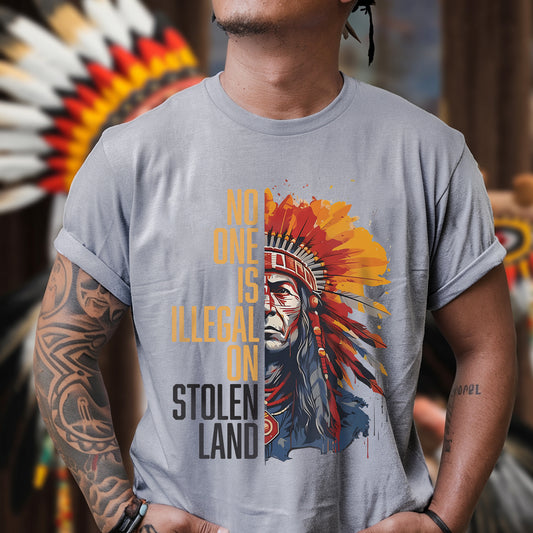
![[Two Sides] Trail of Tears The Deadly Journey Unisex T-shirt/T-shirt V-Neck/Hoodie/Sweatshirt](http://welcomenativespirit.com/cdn/shop/files/20_2bae9cf5-c07c-4ea5-a8ea-de74aa71325d_533x.jpg?v=1757466962)
![[Two Sides] Trail of Tears The Deadly Journey Unisex T-shirt/T-shirt V-Neck/Hoodie/Sweatshirt](http://welcomenativespirit.com/cdn/shop/files/gray_-2side_b51af6c7-cea9-4004-90db-cb8d883be04a_533x.png?v=1759742586)

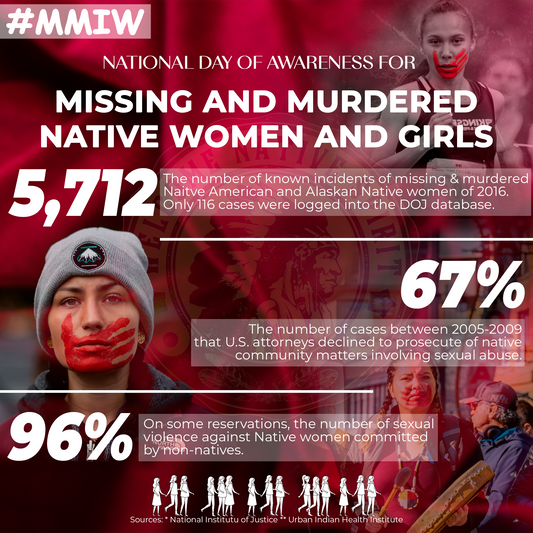


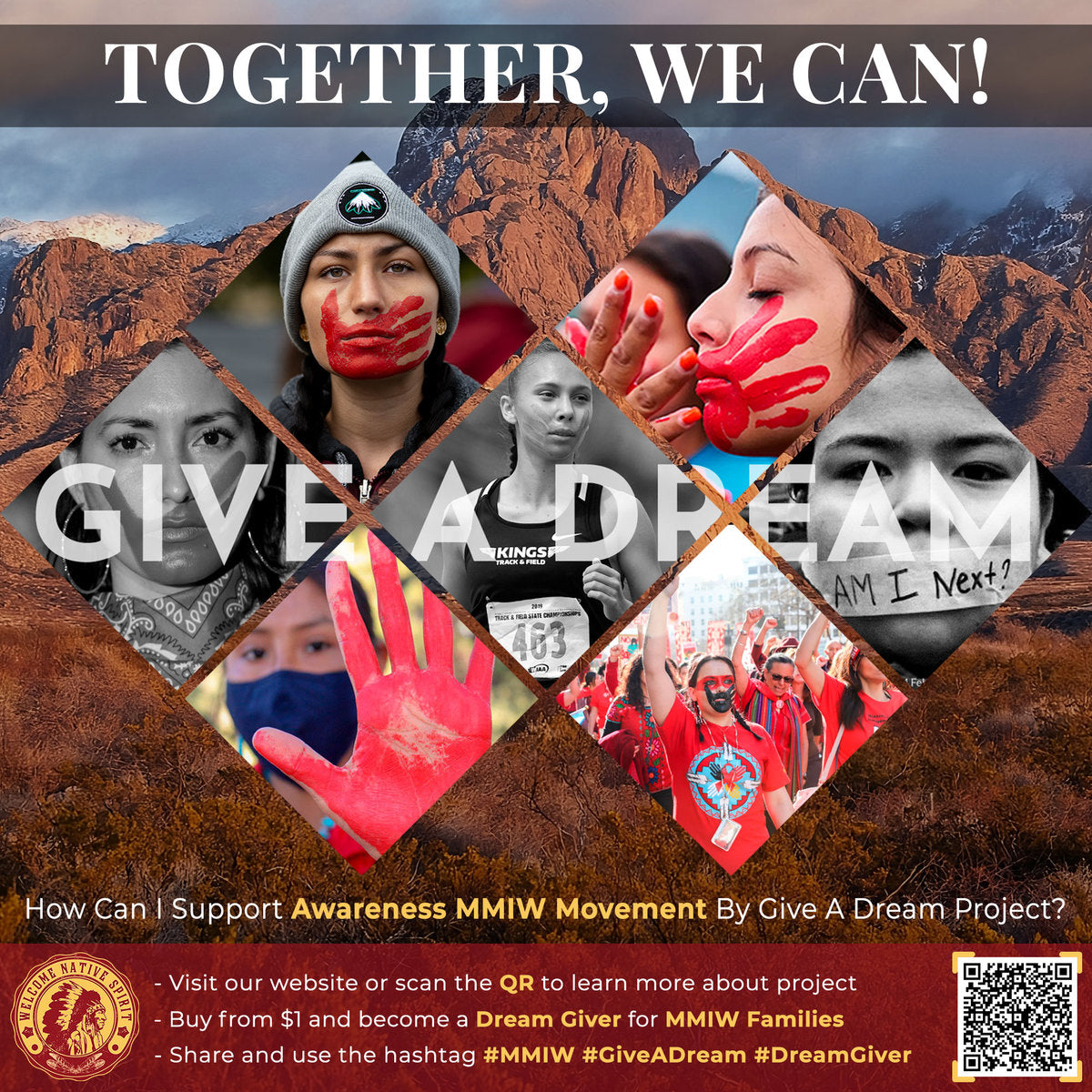

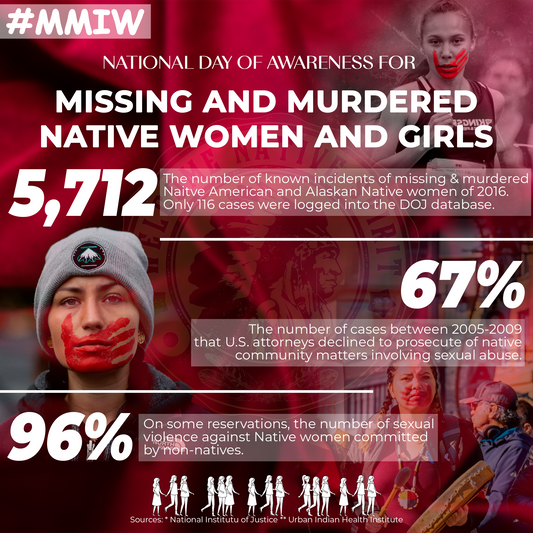
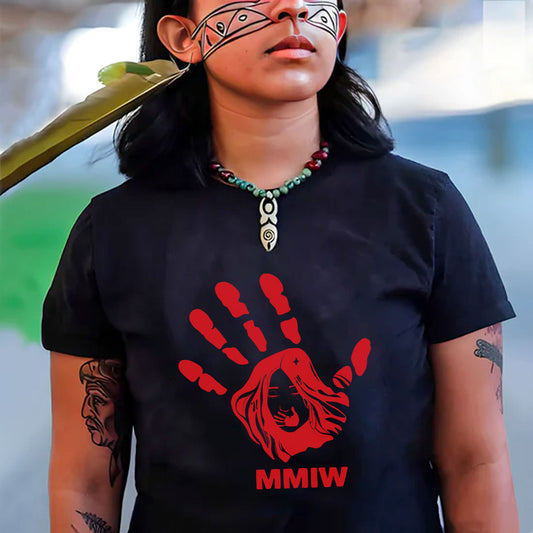
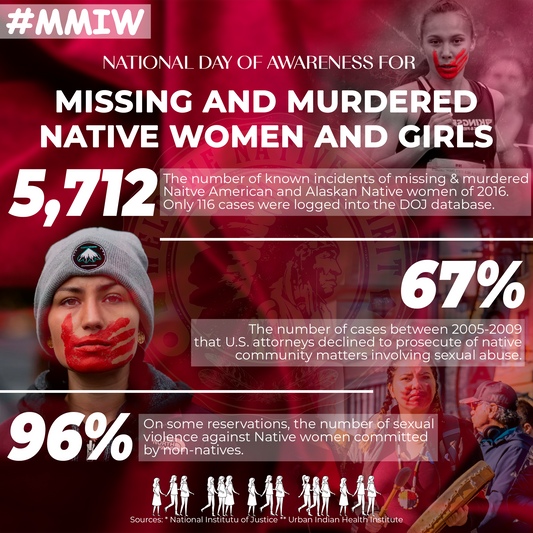




6 Comments
I am part Cherokee. My father was half Irish and half Cherokee and came from northern Arkansas. My mother was half French and half Cherokee and came from southern Ill. My family verbal history has my heritage coming from the Trail of Tears. I am from southeast Mo.
This was just one of the horrible ways the United States Government treated our tribes. Taking away their lands and lol they worked to maintain.
The lies and promises that the Government made, broke and the bribery, unfortunately it still goes on today.
Some tribes are still suffering today with the Government turning an eye. They want to add an oil pipe line through Native lands in the north not thinking of what it will do to their lands and food supplies that come from Mother Earth
This is the cruelest thing I have ever read and I had relatives in one of those marches! After reading and studying more of the history of our People, I am even more proud to call myself Cherokee!
I have been taking classes online in order to learn our language. Ed Fields is an amazing teacher!! I truly love his class, especially when he tells us stories from his younger days. Those stories are so invaluable!! I told him that he should make a dvd about it as the words he speaks would mean so much more than just writing them down.
It broke my heart to read this!
This is the cruelest thing I have ever read and I had relatives in one of those marches! After reading and studying more of the history of our People, I am even more proud to call myself Cherokee!
I have been taking classes online in order to learn our language. Ed Fields is an amazing teacher!! I truly love his class, especially when he tells us stories from his younger days. Those stories are so invaluable!! I told him that he should make a dvd about it as the words he speaks would mean so much more than just writing them down.
It broke my heart to read this!
The United States continues to treat Indigenous People with disrespect. When do we learn all life is equal and precious.